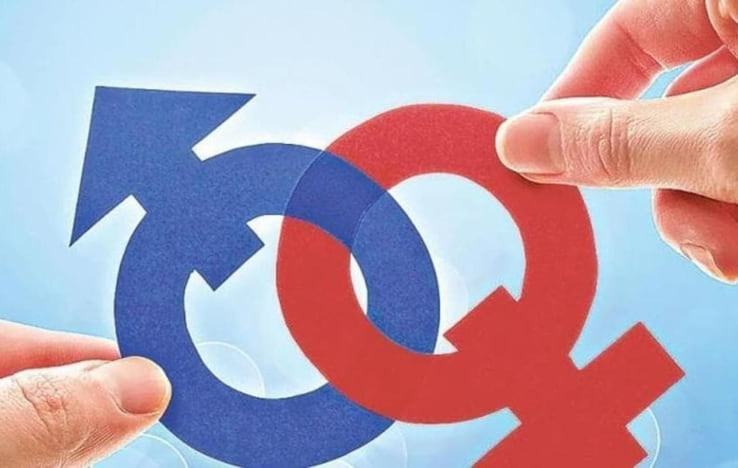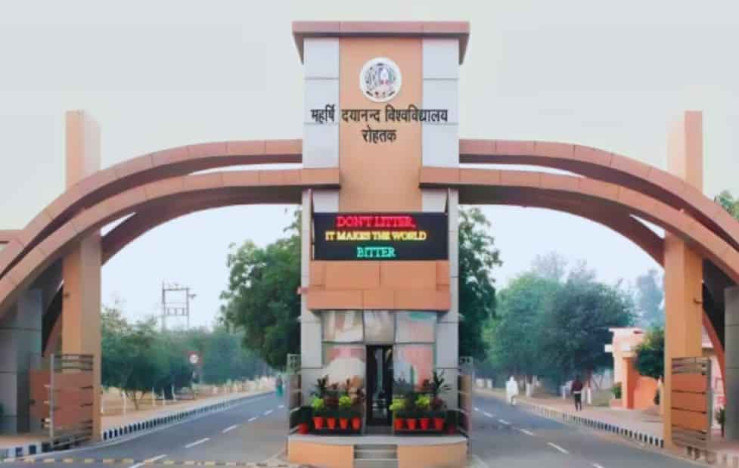Last Updated Jul - 22 - 2024, 03:17 PM | Source : Business Standard | Visitors : 43
India's gender gap rating falls to 129th out of 146 economies in 2024 due to educational sector issues. Despite increased female enrollment, literacy gaps and d

According to the most recent World Economic Forum (WEF) report for 2024, India has dropped to 129th out of 146 economies in the worldwide gender gap rating. This drop is mostly due to losses in the education sector, which caused India to slide a few positions from last year.
India's gender parity levels have declined, according to the WEF's June report. Despite increasing female enrollment rates in primary, secondary, and postsecondary education, progress has been slow. The literacy gap between men and women remains significant at 17.2 percentage points, with India ranking 124th in this indicator.
The Ministry of Education's data, collected through the Unified District Information System for Education (UDISE+) and the All India Survey on Higher Education (AISHE), shows that girls constitute 48% of the school population overall, but this figure fluctuates across different educational levels.
In preschool, girls make up 46.8% of enrolled children, rising to 47.8% in primary school and 48.3% in upper primary school. However, the gap widens again in secondary school, with girls dropping to 47.9%. Girls who continue to secondary education are more likely to stay until the finish. At the higher secondary level, the gender gap narrows again, with girls making up 48.3% of enrolled students.
In higher education, the gross enrolment ratio (GER) for women is marginally higher than that for men, with women achieving a GER of 28.5 compared to 28.3 for men, marking a 32% increase in female enrolment since 2014-15. Incentives for girls' education include the construction of more schools, the presence of women teachers, free transportation, and sanitation facilities.
However, concerns about boys dropping out before completing school persist, as seen in West Bengal, Chhattisgarh, and Tamil Nadu. The Right to Education Act stipulates that students cannot fail until Class 8, but some boys drop out after failing at the secondary level due to economic pressures.
At the college level, although the female GER is higher than the male GER, regional and discipline-wise disparities remain. Women constitute only 42.5% of students in Science, technology, engineering, and mathematics (STEM) subjects from undergraduate to PhD levels, highlighting the need for initiatives to encourage more girls to pursue these fields.
Additionally, adult literacy remains a concern, with only 64.63% of women being literate compared to 80.88% of men. Improving foundational literacy in schools and providing educational opportunities to rural women are essential steps toward closing the gender gap.
READ MORE| What Is PM SHRI? The Centre’s Vision For…

Dec - 04
When MS Dhoni walked onto the ground at Parul University in Vadodara, the air crackled with excitement. Within seconds, thousands of students many ... Read More

Dec - 04
A storm is brewing over Maharshi Dayanand University (MDU), Rohtak and at the heart of it are more than 1.5 lakh students whose academic futures no... Read More

Dec - 04
In a stark warning that resonates across India’s multilingual landscape, the country’s Education Minister recently cautioned that polit... Read More